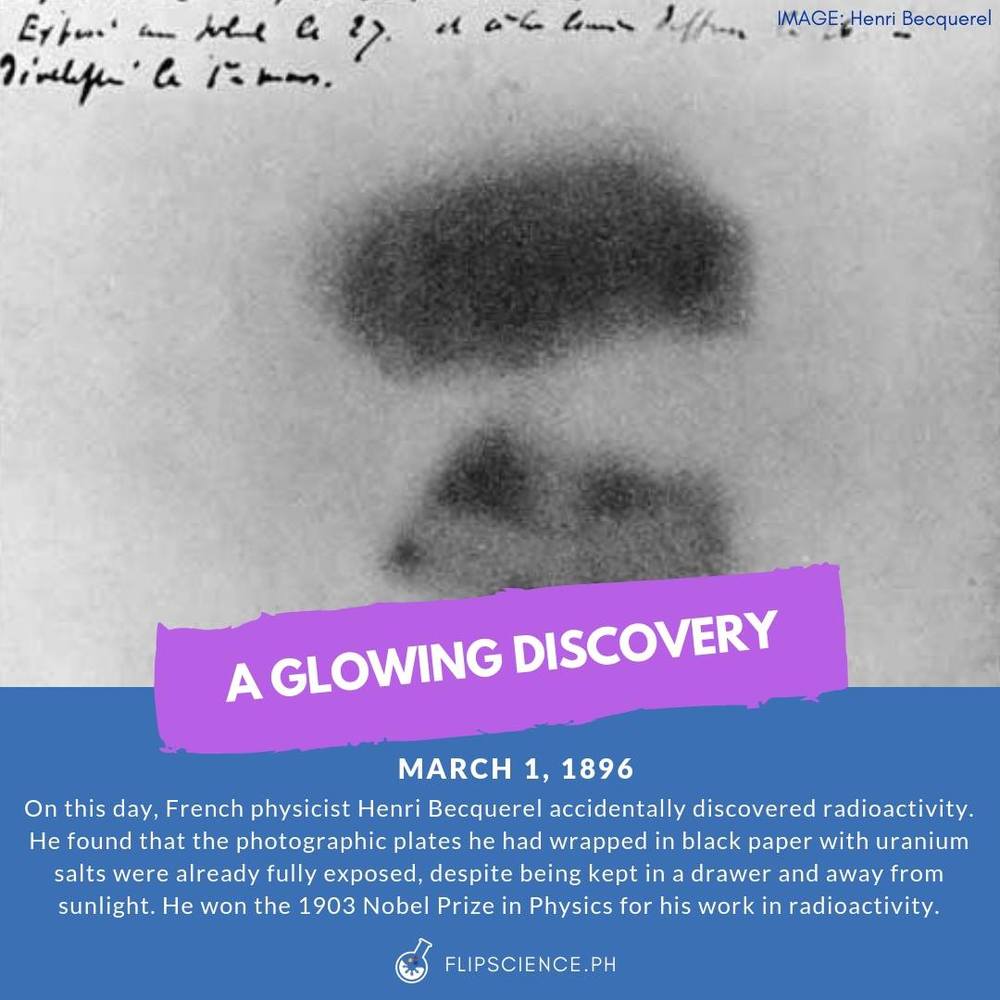
These objects are leaving the Solar System because their velocity and direction are taking them away from the Sun, and at their distance from the Sun, its gravitational pull is not sufficient to pull these objects back or into orbit. In addition to these spacecraft, some upper stages and de-spin weights are leaving the Solar System, assuming they continue on their trajectories. Three of the probes, Voyager 1, Voyager 2, and New Horizons are still functioning and are regularly contacted by radio communication, while Pioneer 10 and Pioneer 11 are now derelict. The artificial objects leaving the Solar System are all space probes and the upper stages of their launch vehicles, all launched by NASA. Gravity assists are akin to bouncing the spacecraft off a planet, but because the planet is moving it doesn't just bounce but is pushed by the planet, like when a baseball is hit by a moving baseball bat. The probes can sense parts of the Sun several days before the Sun's rotation reveals it to ground-based Earth orbiting observatories.Plot of Voyager 2′s heliocentric velocity against its distance from the Sun, illustrating the use of gravity assist to accelerate the spacecraft by Jupiter, Saturn and Uranus, and finally its encounter with Neptune's Triton. Since the probes' orbital periods differ from that of the Earth, from time to time, they face a side of the Sun that cannot be seen from Earth. Their orbital periods are therefore slightly longer than Earth's. Pioneer 7 and Pioneer 8 are in solar orbits with 1.1 AU distance to the Sun. Their orbital periods are therefore slightly shorter than Earth's. Pioneer 6 and Pioneer 9 are in solar orbits with 0.8 AU distance to the Sun. Pioneer E – lost in launcher failure August 1969.Pioneer 9 (Pioneer D) – launched November 1968 ( inactive since 1983).Pioneer 8 (Pioneer C) – launched December 1967.Pioneer 7 (Pioneer B) – launched August 1966.Pioneer 6 (Pioneer A) – launched December 1965.The spacecraft in Pioneer missions 6, 7, 8, and 9 comprised a new interplanetary space weather network: The new missions were numbered beginning with Pioneer 6 (alternate names in parentheses). In 1978, the end of the program saw a return to the inner Solar System, with the Pioneer Venus Orbiter and Multiprobe, this time using orbital insertion rather than flyby missions. While successful, the missions returned much poorer images than the Voyager program probes would five years later.
Google the first space pioneer series#
Later series Pioneer probes: A–E 10 and 11 Venus Orbiter and Venus Multiprobeįive years after the early Able space probe missions ended, NASA Ames Research Center used the Pioneer name for a new series of missions, initially aimed at the inner Solar System, before the flyby missions to Jupiter and Saturn. Pioneer 4 – Lunar flyby, achieved Earth escape velocity, launched March 3, 1959.Pioneer 3 – Lunar flyby, missed Moon due to launcher failure December 6, 1958.Pioneer P-1, P-3, 5, P-30, and P-31 probe Most missions here are listed with their most recognised name, and alternate names in italic. He suggested, "Pioneer", as the name of the probe, since "the Army had already launched and orbited the Explorer satellite, and their Public Information Office was identifying the Army, as, 'Pioneers in Space,'" and, by adopting the name, the Air Force would "make a 'quantum jump' as to who, really, the 'Pioneers' in space.'" Early missions While he was at a briefing, the spacecraft was described to him, as, a "lunar-orbiting vehicle, with an infrared scanning device." Saliga thought the title too long, and lacked theme for an exhibit design.

Saliga, who had been assigned to the Air Force Orientation Group, Wright-Patterson AFB, as chief designer of Air Force exhibits. The two outer planet probes, Pioneer 10 and Pioneer 11, became the first two of five artificial objects to achieve the escape velocity that will allow them to leave the Solar System, and carried a golden plaque each depicting a man and a woman and information about the origin and the creators of the probes, in case any extraterrestrials find them someday.Ĭredit for naming the first probe has been attributed to Stephen A. The second program, which ran from 1965 to 1992, sent four spacecraft to measure interplanetary space weather, two to explore Jupiter and Saturn, and two to explore Venus. The first program, which ran from 1958 to 1960, unsuccessfully attempted to send spacecraft to orbit the Moon, successfully sent one spacecraft to fly by the Moon, and successfully sent one spacecraft to investigate interplanetary space between the orbits of Earth and Venus. The Pioneer programs were two series of United States lunar and planetary space probes exploration.


 0 kommentar(er)
0 kommentar(er)
